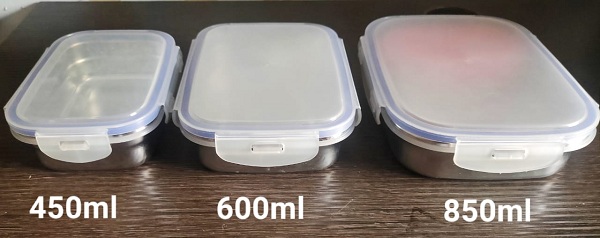|
Plastiblends India Limited has introduced a range of Photo Degradable,
Thermally Degradable and Compostible Additive Masterbatches. Besides
the advantage of being environmentally friendly, Bio-D-Plast Additive
Masterbatches are also cost effective and can be processed on existing
machinery/equipments. The degradation speed and intensity can be
controlled without sacrificing the strength, clarify and physical
properties of the film.
Biodegradable Degradation refers to starch based
biodegradable additive masterbatches, wherein, in the first phase
of degradation, the strength of the plastic increases as starch
absorbs atmospheric moisture, making it more flexible. This starch
serves as a food source and activates the oxidative mechanism. When
bacteria, algae fungi, etc, consume the starch in thin film, the
plastic is weakened and perforated leaving behind a plastic matrix
that continues to degrade. In the second phase, the plastic piece
become brittle, fragment and start powdering. In the last phase,
these pieces continue to break down to molecular sizes and become
food for surface bacteria. This results in low molecular weight
paraffin like waxes, soil type mulch and finally carbon dioxide
and water. Thicker film needs more starch to degrade. Photo Degradable,
Thermally Degradable and Compostible Additive Masterbatches
introduced by PBI have the oxidative mechanism, as well as free
radicals serving "double duty" in the degradation process.
The oxidation process is similar to burning the plastic and consumes
the carbon elements in the plastic backbone.
The degradation speed is mainly dependent on:
 |
 |
Concentration of Bio-D-Plast Additive Masterbatch, thickness of
film, type of resin carrier - PE or PP, level of antioxidant/UV
absorber present in the resin carrier, presence and level of coloured
pigments such as carbon black, titanium dioxide, opacifiers and
colourants, temperature of processing and type of exposure - underground/overground. |

 Processing of Bio -D-Plast Additive Masterbatches
Processing of Bio -D-Plast Additive Masterbatches
Tumble blending in resin carrier is adequate for satisfactory dispersion.
Very little or no process parameter changes will be required for
the production of blown film, cast film, oriented film, injection
moulded and blow moulded products. The carrier resins can be LDPE,
LLDPE, HDPE, HMHDPE and PP. Processing can be at temperatures ranging
from 180° C to 230° C. Bio-D-Plast MBs in unopened bags
can be stored indoors for 6 to 9 months without any problems.
The introductory range comprises of:
|
Type
|
Application
|
| Medium concentrate for PE Photo/Thermally Degradable
(non starch) |
Carry bags, Cast PE film products, Liners, Mulch
film |
| Black MB for PE Photo/Thermally Degradable (non
starch) |
Garbage bags, Agri film |
| Medium concentrate for PE Compostible /Photo/Thermally
Degradable (starch) |
Carry bags, Liners, Garbage bags |
| Medium concentrate
| Medium concentrate
for PP (non starch) |
TQ film, CPP film, BOPP film, PP Thermoformed
Containers, Injection Moulded disposable |

 Performance tests
Performance tests
Film samples representating control, D48/BL/21 (10% dosage level)
and D48/10/402 (10% dosage level have been tested as per :
 |
 |
ASTM D3826-98 : Standard practice for determing Degradation
End point in Degradable Polyethylene and Propylene using a Tensile
Test |
 |
 |
Astm D5208-01: Standard Practice for Fluorescent UV Exposure
of Photodegradable plastics. |
 |
 |
Astm D2565-99 : Practice for Xenon ARC Exposure of plastics
intended for outdoor applications. |
Degradation can be defined as a change in the chemical structure
of a plastic involving a change in properties - physical and mechanical.
A degradable plastic undergoes significant change in its chemical
structure under specific environmental conditions resulting in loss
of some properties. In Photodegradation, the plastic is made to
become more sensitive to the sun's UV rays with the introduction
of trace quantities of activated non-toxic elements, creating free
radicals which randomly attack the polymer chain. These free radicals
sever molecular bonds of the plastic and allow bacteria to consume
the plastic.
Click
Here for More Details
Previous Article
Next Article
Tell Us What You Want

Unused tiffin, lunch box moulds
| | | |
